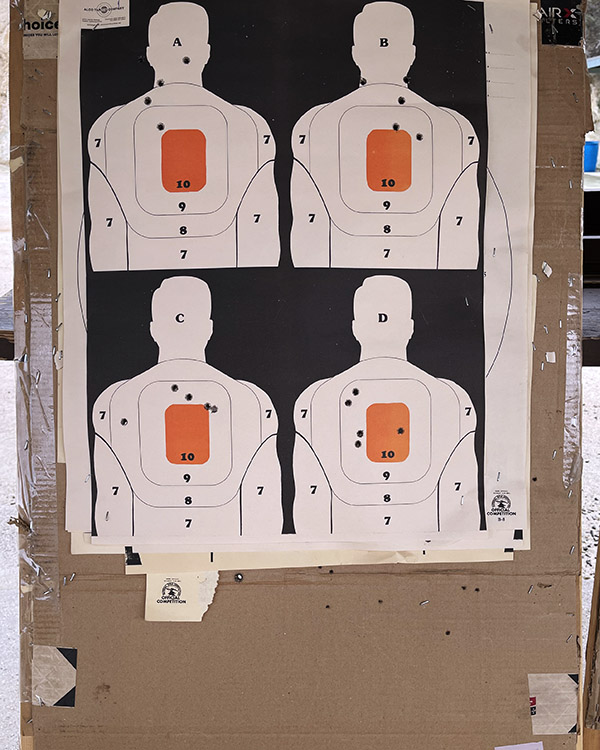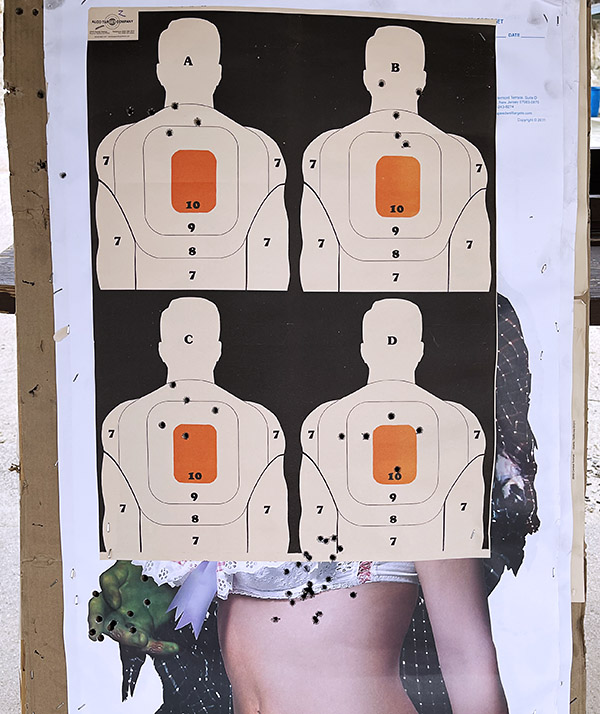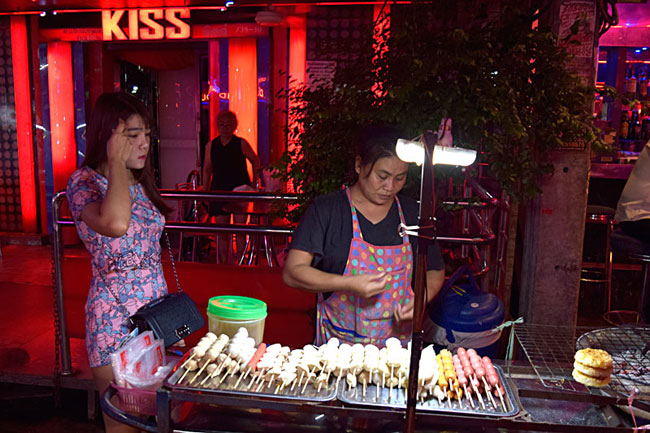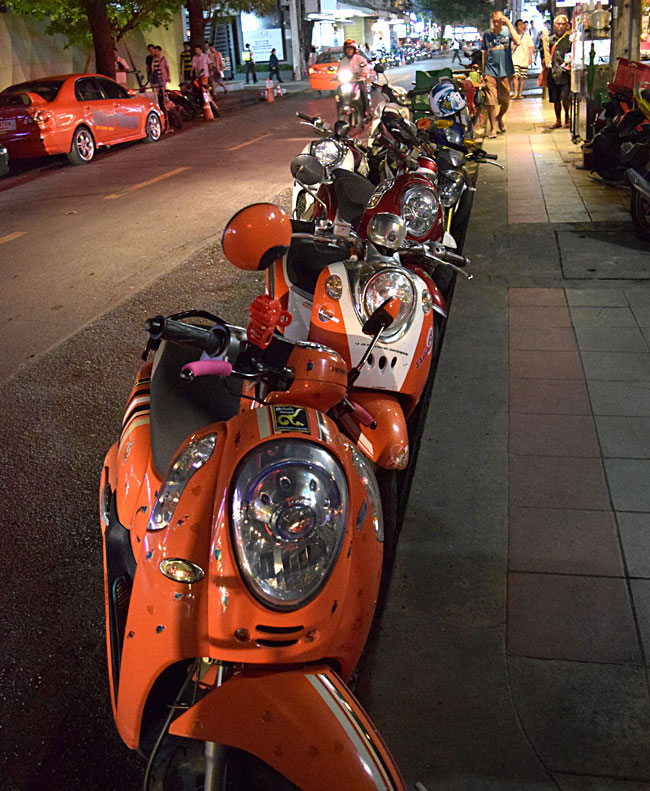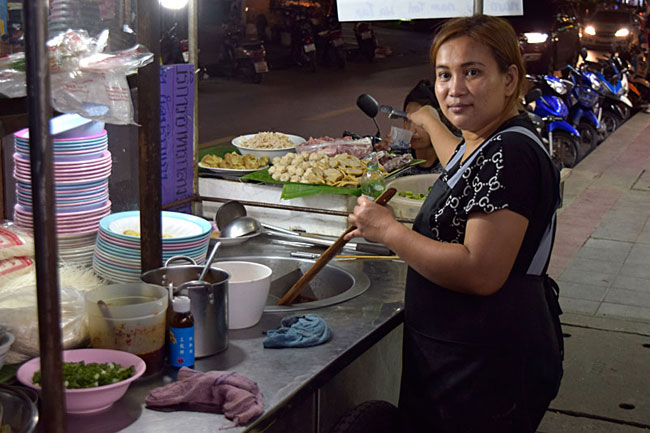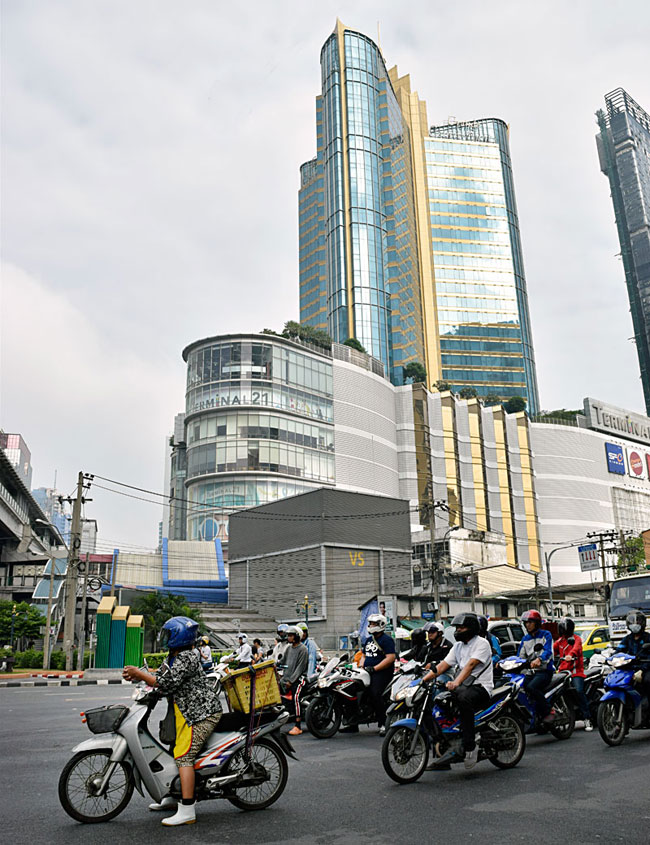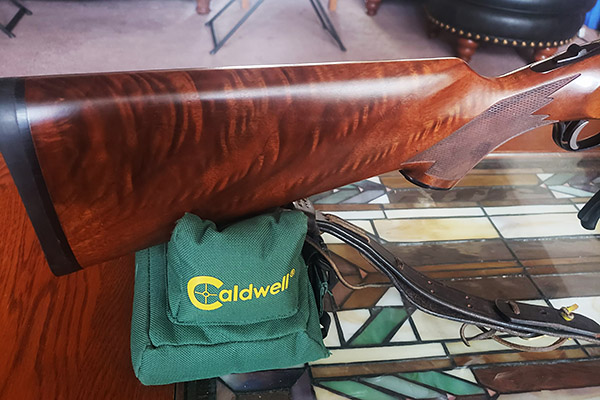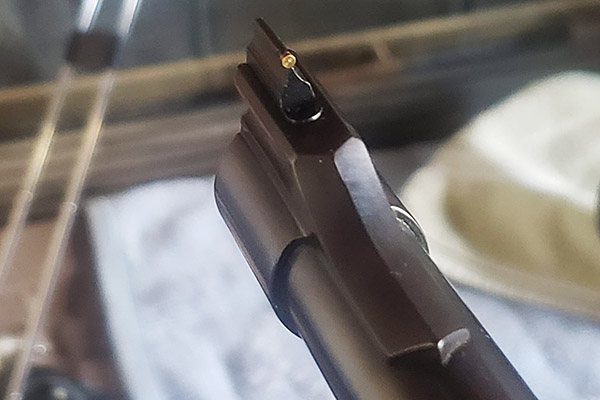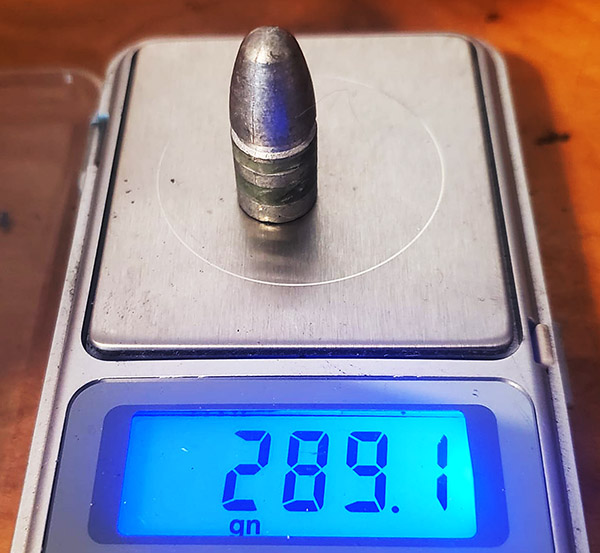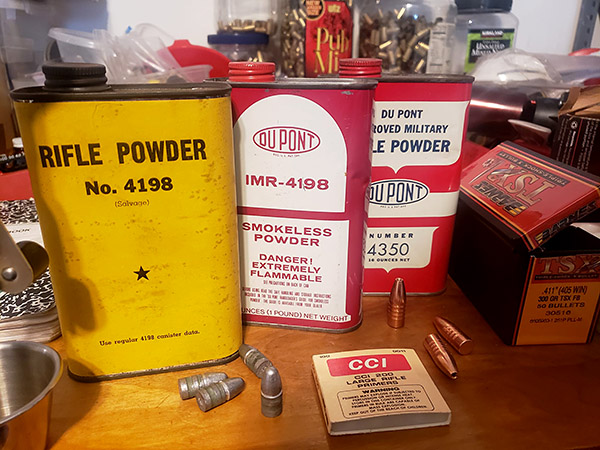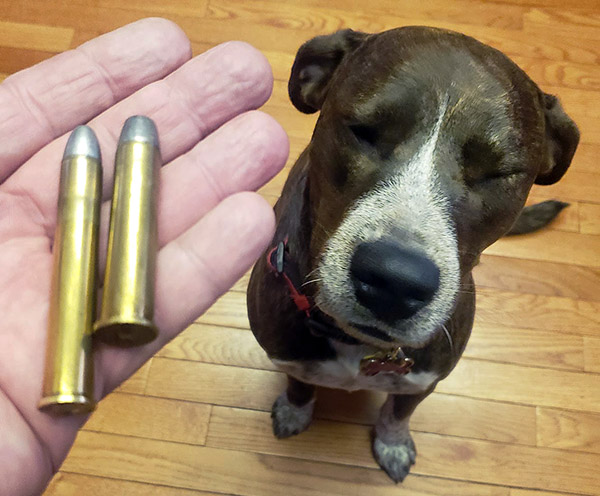Here at ExhaustNotes we like to support local businesses. Without local stores and a healthy business environment a town dries up and becomes a collection of houses. Interaction between the town populace slows to a crawl and sad as it is, the only action will be found at Walmart or the Chevron station out by the highway. That’s no way to live.
In the USA we operate on the capitalist economic system. This means I do your laundry and you do my laundry, we keep handing the same money back and forth. The cyclical movement, or pumping action, of these few, tattered dollars are where the magic happens. Capitalism relies on all of us constantly spending and gathering dollars: the trick is to keep that money supply moving. If no one buys anything no one earns anything and the whole system crashes.
When we buy stuff online that money goes out of our local economy to some far-fetched location. In other words, they do our laundry but take their laundry to another town or state. Maybe they don’t even get their laundry done. Maybe they invest in block-chain cyber securities and sit on it.
If the system is functioning correctly you will eventually do the laundry of someone who did the laundry for someone else three states over who did the laundry for someone else. Except when the system gets so large and ruthlessly efficient your town becomes unable to do laundry at the massive scale required to match the price of the other, Mega-Laundry-Towns.
The local pool of cash begins to flow in one direction: out of here. Your neighbors no longer want you to do their laundry. It’s easier and cheaper to send dirty clothes to an Internet laundry service. The people in your town become bitter, superstitious and convinced the system is rigged against them. Less money circulating means people have to shop for the cheapest place to get laundry done or forego clean clothes altogether, taking money out of circulation even faster.
Look around now: the people are wearing dirty clothes because no one can afford laundry service. There’s nothing to buy and no money to pay for it if you did find something to buy. Since there is no money circulating the pulse of your community grows weaker. Young people see a bleak future with no one to do laundry for and leave. They move elsewhere, anywhere clothing is being washed, leaving the halt and the lame behind.

Neighborhoods become run down due to deferred maintenance. Angry, desperate, hungry and poor, this is the point when you turn to a life of crime. You steal from other poor people, your neighbors, and get caught doing it. After the trial you are sent away to a privatized, for-profit prison because your local prison cannot compete with the private Mega-Prisons. There you are: locked up and forced to do laundry. For free.
So ExhaustNotes likes to shop local. Like the other day when my wife’s lock switch fell out of the driver’s door of her Jeep. It’s a Jeep thing. The plastic bezel that holds the switch has two little tabs that fit behind the door panel and the switch is held in by two metal flat springs. The whole magilla snaps into place and works fine unless the tabs break off. I spent 45 seconds on Amazon and found a replacement selling for $14 with free 2-day shipping. I was about to send the bezel to my cart when I thought about our local Jeep dealer and figured I’d practice what I preach. I like having a Jeep dealer in town and I want him to stay in business.
The Jeep dealer is about 23 miles away and I know I should have called first but I usually have a hard time describing what I want to the parts guy. I drove down the hill to the Jeep dealer and chatted up the parts guy. He found the driver’s side switch bezel on his computer after 15 minutes. “We don’t have it in stock, it’ll take a couple days.” I said, “go ahead and order it for me.” The price was $35. I asked the parts guy if he gave a local discount and he knocked $10 off. I was well-chuffed as they say in England.
A few days later the Jeep dealer called and said the part had arrived. I drove back down the hill and picked up the bezel. All was well with the world. Sure, I paid $10 more than Amazon but I had supported our local economy: I kept the money in town.

When I tried to install the bezel I noticed that it was the bezel for the passenger door. The little graphic of locked and un-locked would be upside down and the angle was wrong. Darn it. Ah well, mistakes happen. I rigged a few pieces of sheet metal to hold the switch in the door and drove back down to the Jeep dealer. I know I could have called but I figured I’d have a hard time explaining that they ordered the wrong part and it’s easier to deal in person. The parts guy looked the bezel over and apologized. He said he would order the driver’s side bezel for me.

A few days later the Jeep dealer called and said the part was in. I drove back down the hill and picked up the part. It was the correct one and fit perfectly. All in, I drove 184 miles to get a $25 switch bezel that cost $14 on Amazon. I used around 12 gallons of gas. Gas is right around $3 a gallon here so I spent $36 on gasoline. My time doesn’t really count because I enjoy riding around in old Brumby but if you’re counting I spent about 11 hours driving back and forth and talking with the parts guy.
I feel really good that I supported a local business. The money I spent was circulated to the gas stations, the Jeep place and a hamburger stand where I ate lunch on one of the four trips to the dealership. I really spread it around, man. I used my Social Security check to pay for the switch so that’s Uncle Sam’s money injected right into the veins of my town. Buying local is the best way we can work together to save capitalism… and have clean clothes to boot.
Never miss any of our missives…sign up here for free!
